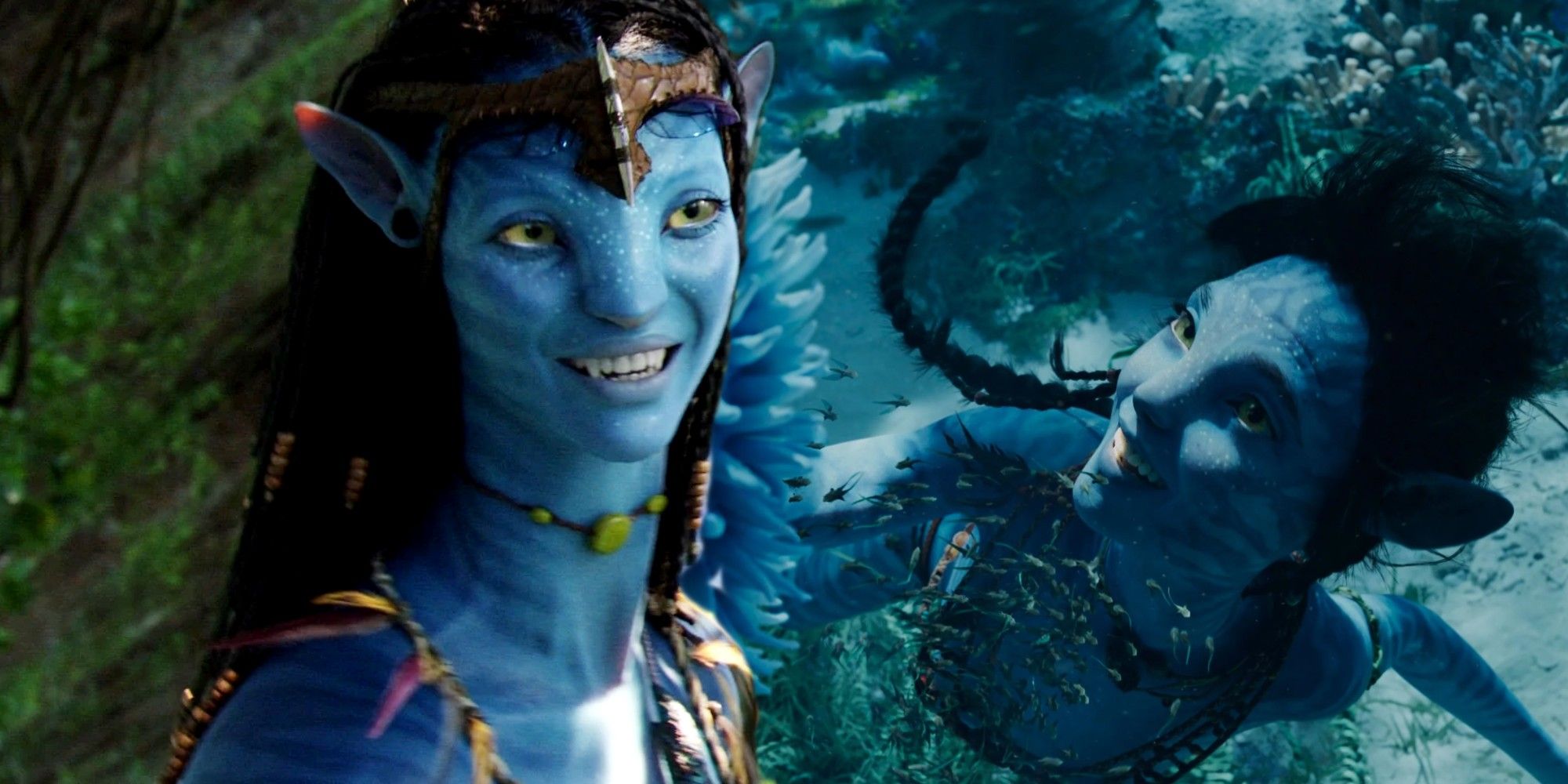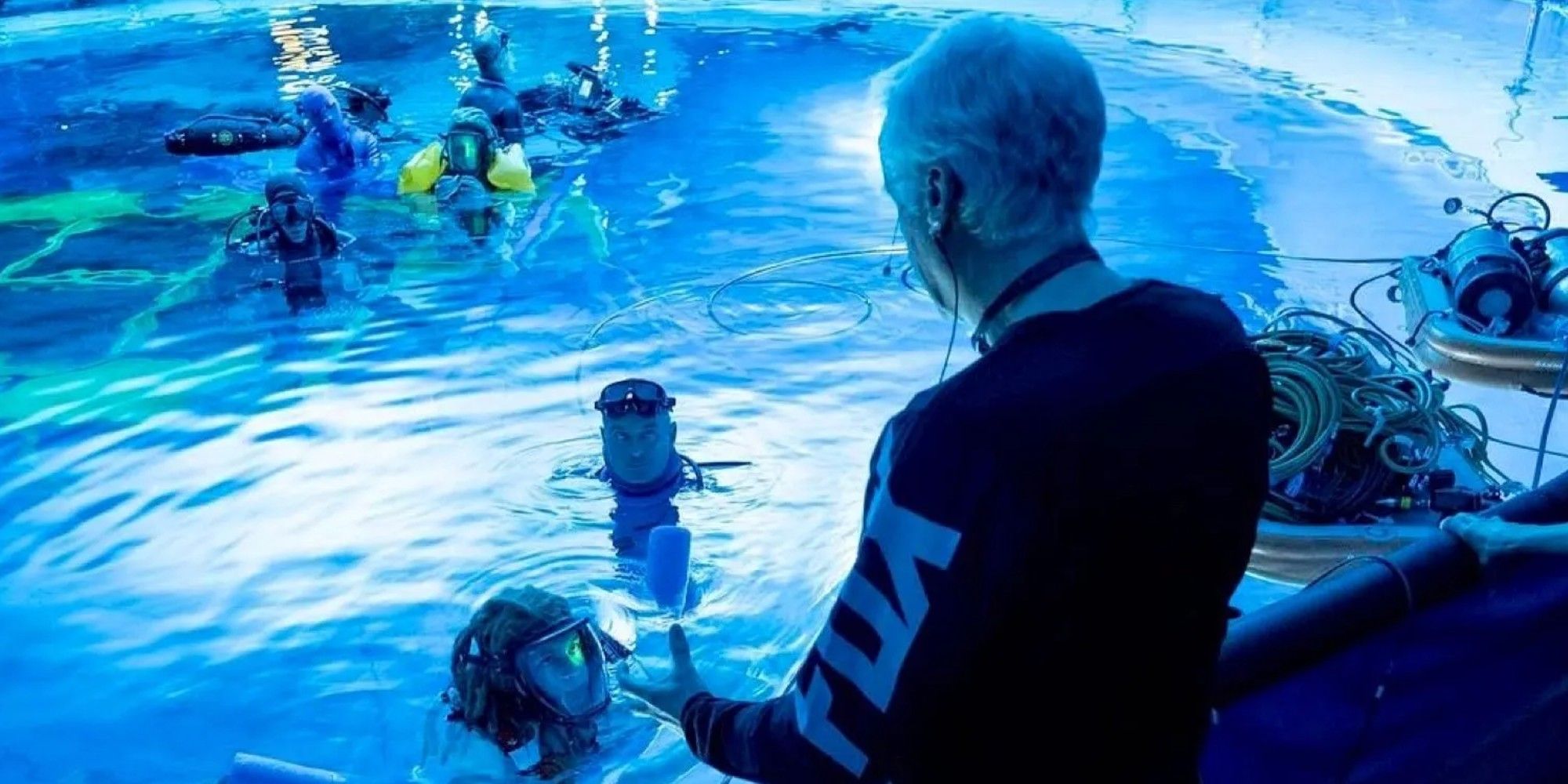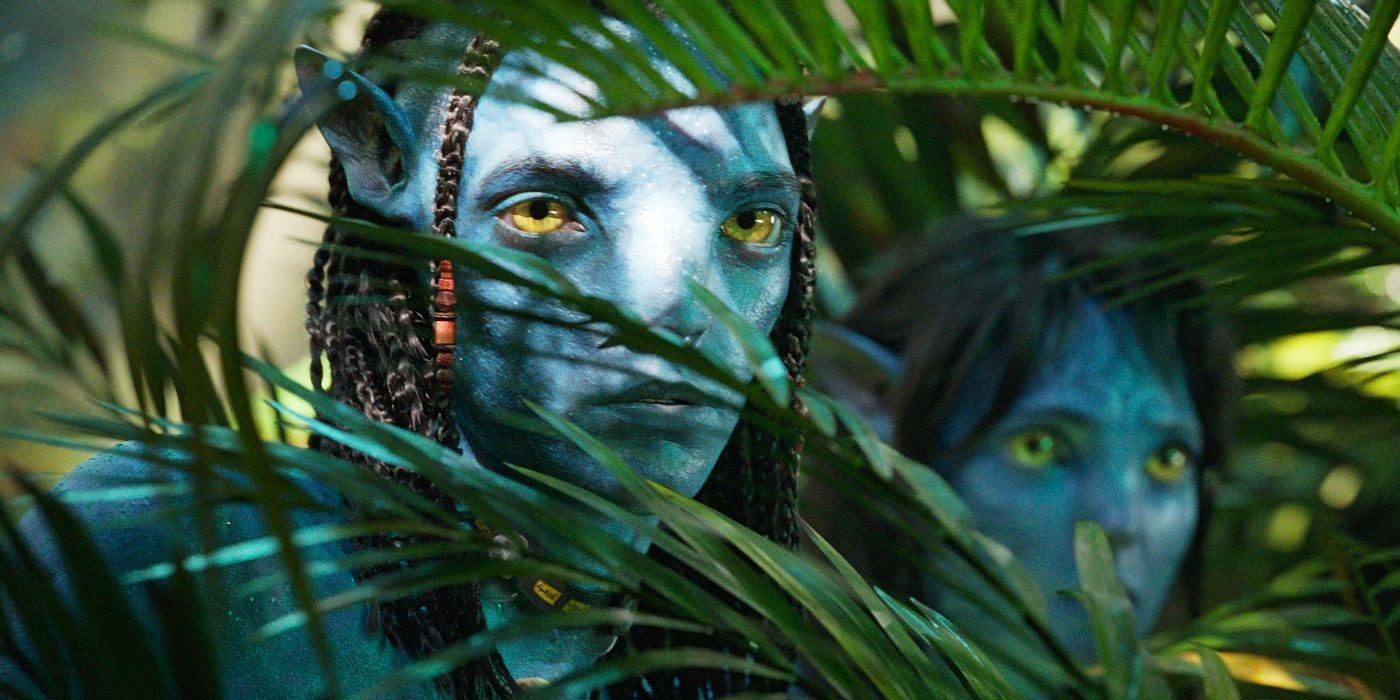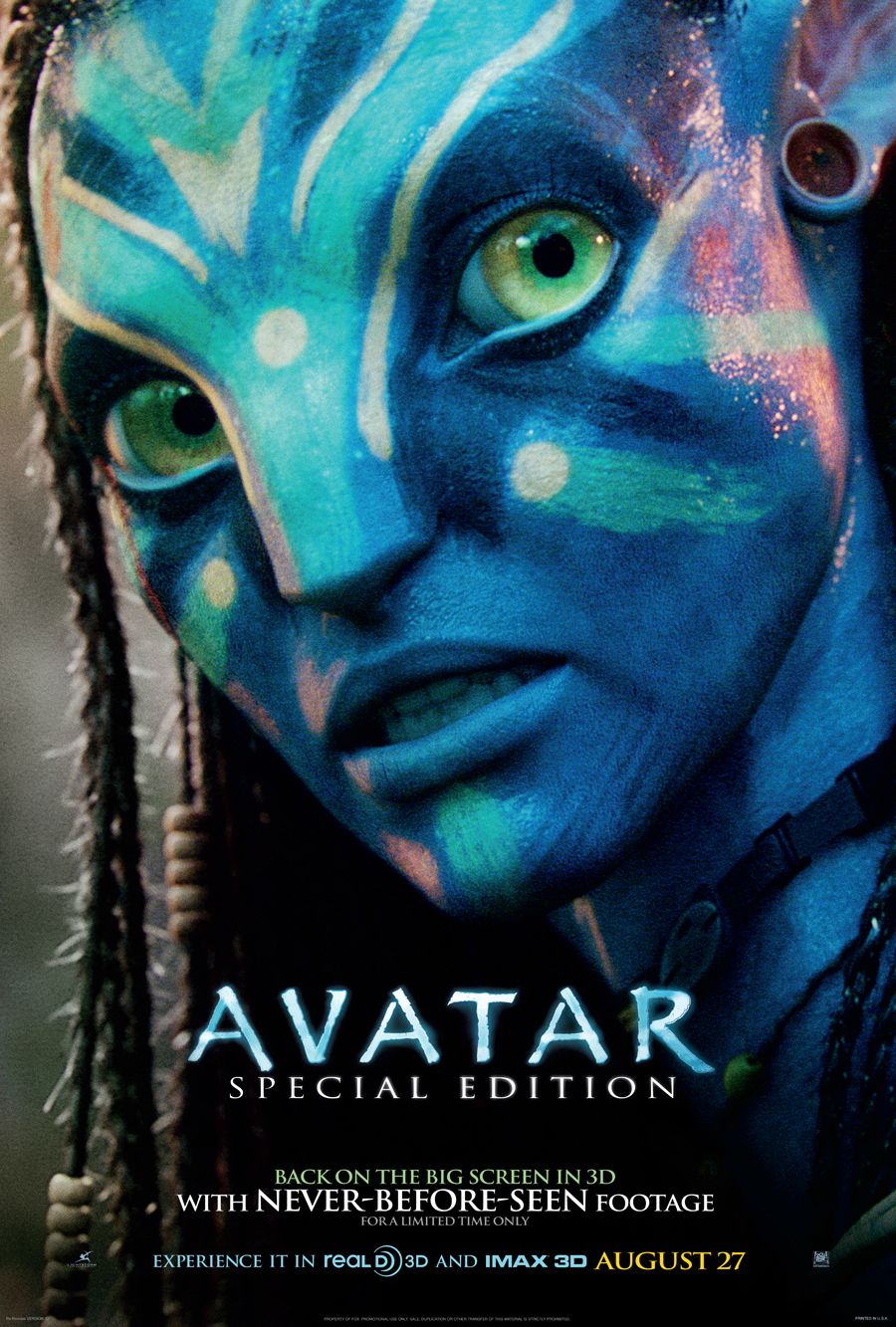James Cameron's criticisms of 3D filmmaking after Avatar make for compelling reading, but they also bode well for the quality of visuals he will produce for Avatar: The Way of Water. Cameron rejuvenated 3D with the original Avatar, proving it was not only a cheap trick but something that could be used to accentuate audience immersion in the world and story. Unfortunately, it spawned imitators who mostly used 3D as a gimmick that audiences have become desensitized to since Avatar was released 13 years ago.
The exacting attention to detail Cameron applies to all his films is evident even in Avatar 2's trailers, including through the introduction of the ilu underwater creature, so it makes sense he feels frustrated by such care not being taken with other 3D projects. In an interview, Cameron spoke about 3D use after Avatar, saying, "I think the studios blew it. Just to save 20 percent of the authoring cost of the 3-D, they went with 3-D post-conversion, which takes it out of the hands of the filmmaker on the set and puts it into some post-production process that yielded a poor result." However, that Cameron cares so passionately about the artful use of 3D speaks well of his and his VFX teams' efforts in implementing it in Avatar 2. As he himself adds in the interview, "I do think that the new “Avatar” film will rekindle an interest in natively authored 3-D."
Avatar's Sequels Can't Rely On 3D
Still, simply banking on immersive 3D visuals won't be enough to sustain visual interest in Avatar 2, especially considering audience fatigue with the concept that grew in the first film's wake. The sequel does promise its own groundbreaking visual effects, however. Avatar 2's CGI and underwater technology look spectacular, especially in its breakthrough use of motion capture inside water tanks designed to imitate ocean currents. Never has underwater footage looked quite as striking or tangible.
Sensational effects are admirable in any blockbuster, but to become a popcorn classic, they need to be complemented by a gripping story and nuanced, compelling characters. The original's rerelease in theaters has surprised people with its box office popularity and includes Avatar 2 footage in its end credits, but that can only be partly attributed to its VFX and well-realized world. Rewatching Avatar in 2022, its story is told elegantly, and its characters are likable, which is almost surprising given its unfair reputation as being shallow or corny, with its effects its redeeming quality. Cameron has not disappointed before, and he deserves the good faith that he will deliver on Avatar 2's storytelling front as well as its visual splendor.
Why Avatar's 3D Is Different To Most Movies That Came After
For Avatar, Cameron shot with cameras that rendered the visuals in 3D during production, what Cameron calls "natively authored 3D." Meanwhile, most of the other post-Avatar 3D films produced visuals through "3D post-conversion," which essentially means the 3D effect was added in post-production, a cheaper way of integrating 3D. The end product is a less engaging and elegant form of 3D experience, with more obvious visual flourishes that arguably break immersion rather than complement it. In this way, Avatar: The Way of Water seeks to revitalize and even surpass Avatar's graceful Pandora 3D.







